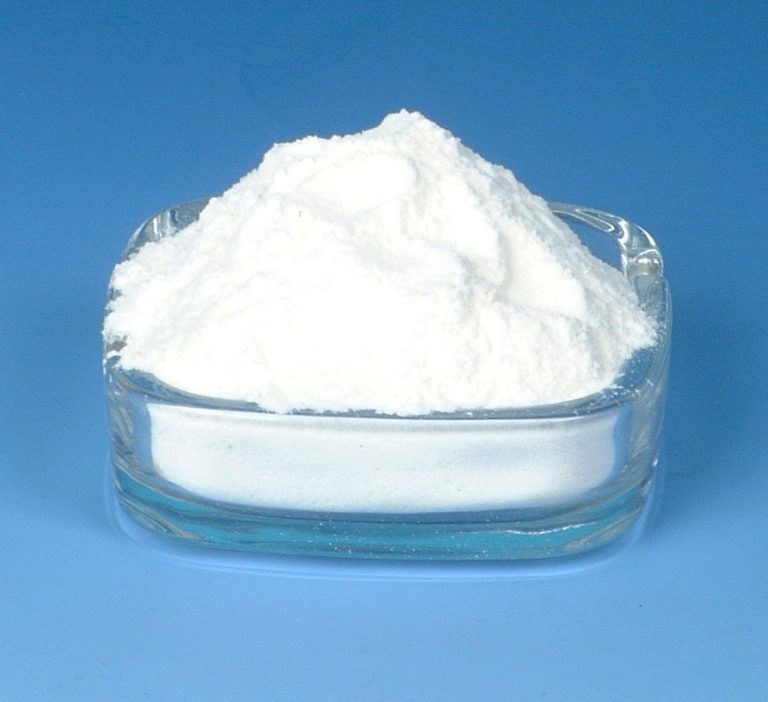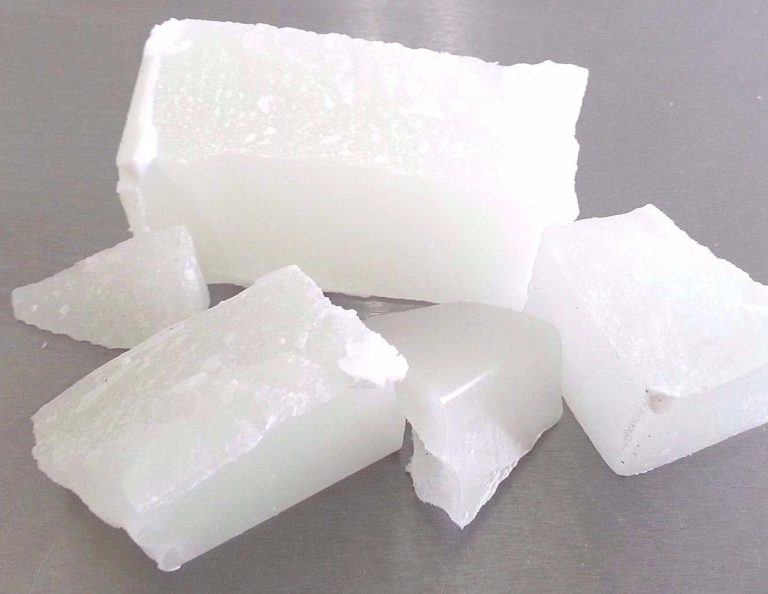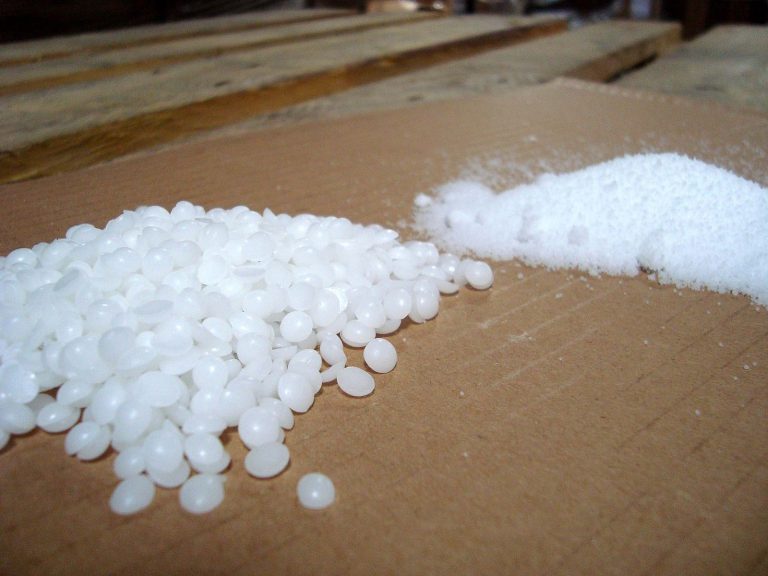Manner of producing solid paraffin

What is paraffin wax?
July 30, 2022
Determining the price of paraffin
September 22, 2022Manner of producing solid paraffin or paraffin wax
Paraffin is a substance which has different uses in industries. This useful substance is obtained from petroleum. Paraffin has different types, which can be referred to as liquid and solid types. Isoparaffin, Slack wax and paraffin wax are examples of paraffin that are derived from petroleum. From airplane fuel to match production, paraffin is used in industrial production.
Both at room temperature and at equilibrium, paraffin is completely dissolved in petroleum. Any changes in temperature and pressure will disrupt this balance. The processes that create this disorder in temperature and pressure, cause paraffin to be produced. Basically, the solubility of solid paraffin or wax is very sensitive to temperature changes. For example, if the tube surface temperature is below the cloud point (the cloud point temperature is the point at which paraffin crystallizes in solution), solid paraffin with high molecular weight will precipitate.
As a result, at a lower temperature (below the cloud point) of petroleum, the crystals of solid paraffin are precipitated and stick to the surfaces through the impact of sediments. This state of adhesion occurs at low temperature. On the other hand, mechanisms such as shear scattering, Brownian diffusion, gravity, thermophoresis, and turbophoresis help to deposit paraffin molecules on the pipeline wall. The main factors that affect paraffin deposition in flow systems are: rate of flow, temperature difference, rate of cooling and properties of the surface.
Distillation of paraffin is obtained in three different processes. These processes include batch processes, continuous processes and pipe processes. Distillation of paraffin cannot occur in the cracking process because the hydrocarbons, existent in the paraffin, are changed chemically. Also, the cracking process causes fever, which makes it impossible for the paraffin to be solid. For the best efficiency, the naphthenic process is preferred to cracking process in paraffin feed reserves.
The role of filter press in the process of distillation and cooling of paraffin
The oil compounds of paraffin are distilled through petroleum at temperatures below 860°F (460°C). This action can cause the filtration of oil in simple filter presses. In fractional petroleum, the “raffinate” or cut, which is defined as the paraffin distillation process, boils from 170 to 310 °C (338 to 590 °F) at very low pressure. This process can be changed into solid paraffin and liquid petroleum by cooling. Simple filter presses are responsible for such an important task.
The solid fraction containing 65% of paraffin is called slack wax. First, slack wax is heat treated and refined, then it is changed into the normal paraffin wax that is available in the market. The removal of paraffin from the pressable distilled paraffin is important in order to improve the lubricity and cold resistance properties. Therefore, in paraffin distillation processes, this product is usually pumped to paraffin silos. Paraffin sheds, are the place where paraffin is allowed to put in tanks and settle at the lowest room temperature. Then they are pumped to hydraulic press devices through a paraffin cooling unit bank. This process causes the paraffin to come out of the distillation state and cool down.
Next stages of paraffin distillation
The next stages of paraffin distillation are obtained from the “crude” cut with a higher boiling point and defined as a high viscosity fraction. This causes the distillation of more unrefined paraffin. In addition, this fraction also contains paraffin. However, this paraffin is not proper for separation and filter pressing due to its microcrystalline nature. Parts of the high-viscosity distilled paraffin is cold-precipitated and centrifuged. So an oily paraffin part is obtained and is defined as petroleum and oil derivatives.
Petroleum is refined from oil deposits or microcrystalline wax existent in Petroleum. The refining process is separated by recrystallization and precipitation of paraffin from the naphtha solution at reduced temperatures. Sometimes this type of paraffin is also called “petroleum paraffin”. At least 85% of the hydrocarbons of this product are of this type.
Analysis of solid paraffin production process
DSC is defined as derivative or differential that measures calorimetry. (Calorimetry is actually the measurement of the amount of calorie in this category of oil products). This method is used to detect physical or chemical changes in a substance, which are accompanied by absorption or release of heat. If the initial mass of the sample is known, DSC can quantify thermal events. Analysis by DSC is performed with 0.1 mg of the sample. So 5 to 15 mg can be considered as a normal amount.
Today, one of the most important analytical techniques available is (FTIR), which is also known as infrared spectroscopy or “Fourier” transformation. The most important advantage of this analysis method is that every sample can be studied in any state. For example: gas, liquids, solutions, powders, films and surfaces can be analyzed by choosing the best sampling technique. Another analytical method is GC, which is also known as gas chromatography.

Manner of producing slack wax
Slack wax is a mixture of paraffin wax and oil obtained from petroleum. The range of oil derivatives of Slack wax is from 5% to 30%. Slack wax is also known as fully refined and semi-refined paraffin raw material. This product is used to produce all grades of paraffin wax with degreasing and bleaching processes. The process of de-oiling or reducing the oil of slack wax is done in different ways and the bleaching process is the same as the change of color of slack wax from yellow or brown to white. With this type of refining, we can produce paraffin wax from slack wax.
This type of slack wax is the best option for producing types of paraffin wax. The production of slack wax is very low cost and it can be the best option for the production of all types of paraffin due to its oil content. Anyway, the price of this type of paraffin is higher than other paraffin. This product has light grade and heavy grade. The difference between the light grade and the heavy grade is in their melting points.

Manner of producing waste paraffin
Waste paraffin is obtained after finishing the process of producing paraffin wax from slack wax. The main use of this type of paraffin is in the match industry because its oil content is about 50% and it has a strong smell and a completely brown color. Waste wax is a completely lateral product which is obtained from the degreasing or sweating of paraffin in the production process of paraffin wax. Waste paraffin is actually a combination of petroleum and slack wax. This paraffin, which is officially known as Fouts oil, is a product obtained from the production of semi-refined paraffin wax. 60% of this type of paraffin is obtained from almost 100% slack wax produced by oil refineries.
The waste paraffin is brown. This paraffin is used for making matches, lubricants, explosives, fireworks and etc. Waste paraffin can be used as a hydrophobic impregnating agent, fuel brick, raw material for producing grease lubricants, insulating oils, lubricants, tire industry, rubber and shoe soil, textile, and also the production of petroleum jelly and white oil. It is also used in plastic production industries.
Manner of producing liquid paraffin
Liquid paraffin is a clear substance that consists of saturated hydrocarbons with a regular structure. This type of paraffin is either extracted from kerosene or through the “Fischer-Tropsch process” in gas production sites to liquid. Paraffin (derived from kerosene) is a mixture of hydrocarbons. This paraffin usually consists of about 10 different hydrocarbons, each molecule of which has 10 to 16 carbon atoms. Its compounds include dodecane, alkylbenzene, and naphthalene and its derivatives. Kerosene is obtained through distilling of petroleum and is used as a material for heating and aircraft fuel. C10-C13 paraffin is a colorless liquid with a mild odor, which is insoluble in water. This material evaporates slowly because of the refinery processes and it is environmentally friendly (completely biodegradable) and has low soot (like lamp grime).
Liquid paraffin is the main raw material for making laboratory materials. Liquid paraffin is extracted from kerosene, which contains an average of 20 to 25% paraffin and is generally produced near refineries. The kerosene from, the paraffin is extracted from which, must be returned to the refinery. More than 80% of liquid paraffin is used for laboratory production. The remaining liquid paraffin may be used for special solvents. This type of paraffin has different industrial applications, such as producing synthetic resins, paints and varnishes, degreasers and printing inks. Regular paraffin is used as a solvent in industry to produce polymers and resins, paints and grease polishes.

Paraffin production
Manner of producing and using isoparaffin
Paraffins can be classified into straight chains (ordinary paraffin) or branched chains (isoparaffin). Most paraffin compounds are used in natural crude oils and as liquid paraffin, while isoparaffin are often produced in refinery processes. If liquid paraffin are used as engine fuel, they cannot produce good driving power. Meanwhile, isoparaffin have good properties for propulsion and engine combustion. Paraffin with longer chains, i.e. isoparaffin, are the main components of paraffin. Paraffin liquid is produced from kerosene or diesel, raw materials and using molecular sieves extraction.
After proper purification, desulfurization, aromatization, the n-paraffin stream is passed to the fractionation unit, then the desired carbon cuts are obtained. Liquid paraffin are used as solvents. Isoparaffin is the main ingredient in the production of surfactants. Isoparaffin is used in the manufacture of metalworking compounds, components of lubricating oil, softeners and chloroparaffins, and also in the production of oil for aluminum cold rolling. Isoparaffin contains catalyst for olefin polymerization. Isoparaffin raw materials cover a wide range of applications.

Chemical compounds of paraffin
Paraffins are also called alkanes, which have the general formula of CnH2n+2n. There are a certain number of carbon atoms in a molecule. Paraffins are divided into two groups: normal (liquid and solid) and isoparaffin. Normal paraffin or normal alkanes are simply written as n-paraffin or n-alkane and are straight, open-chain saturated hydrocarbons. The second group of paraffin, are called isoparaffin, which are branched hydrocarbons and belong to the isobutane family (also called methyl propane). These types of paraffin have a closed formula like n-butane (C4H10). Combinations of different structures with the same closed formula are called isomers.
At standard temperature and pressure (STP), the first four members of the alkane series (methane, ethane, propane, and butane) are as gas and range from C5H12 (pentane) to n-heptadecane (C17H36). Liquids (which make up large parts of the hydrocarbons in liquid fuels (such as petrol, jet fuel, and diesel fuel) exist at STP as solids with heavier compounds separately.
The heavier types dissolve in lighter paraffin or other hydrocarbons and can be found in diesel fuel and fuel oils. C1 to C40 paraffin, usually appear in petroleum (heavier alkanes in liquid solution rather than as solid particles) and constitute up to 20% of petroleum by volume.




